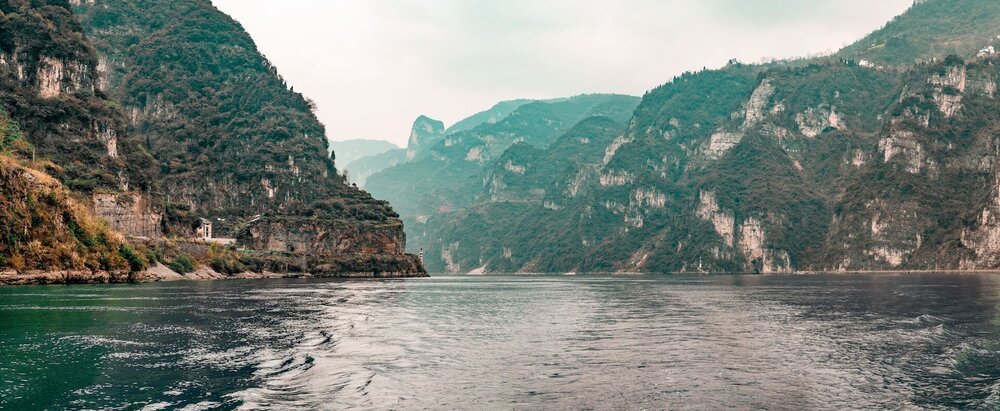Annual fishing ceremony by Enawene Nawe halted, because dam projects are killing all the fish
By Survival International The Enawene Nawe Indians of the Brazilian Amazon have said they feel ‘desperate’, as their annual fishing ritual has provided them with almost no fish. This is the fourth year running that the Indians have encountered drastically low fish stocks in their rivers, and the second year in which the ritual could not be properly performed. This year’s catch is reportedly even lower than in 2009, when the Indians faced a catastrophic food shortage. ...
